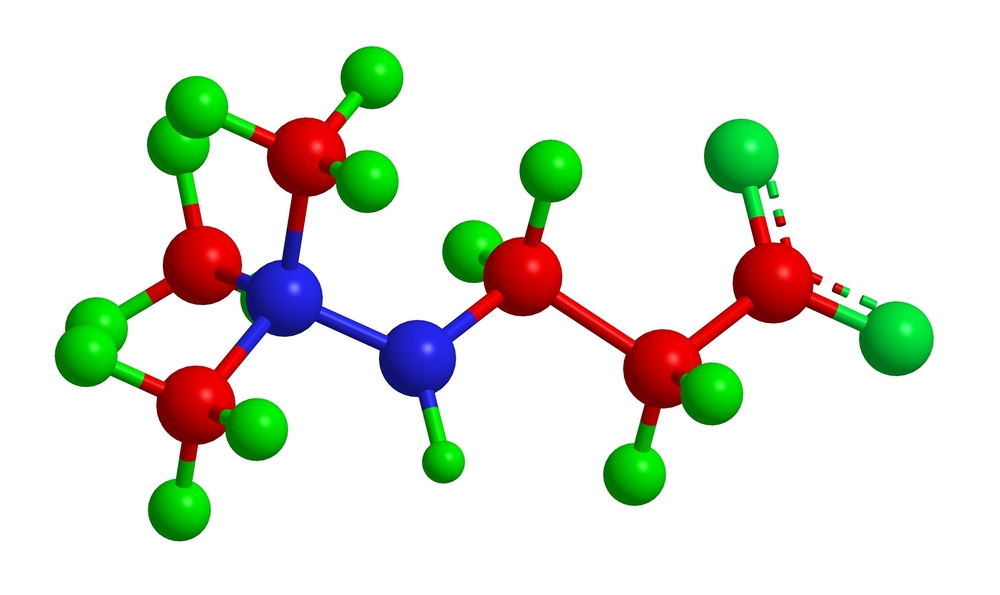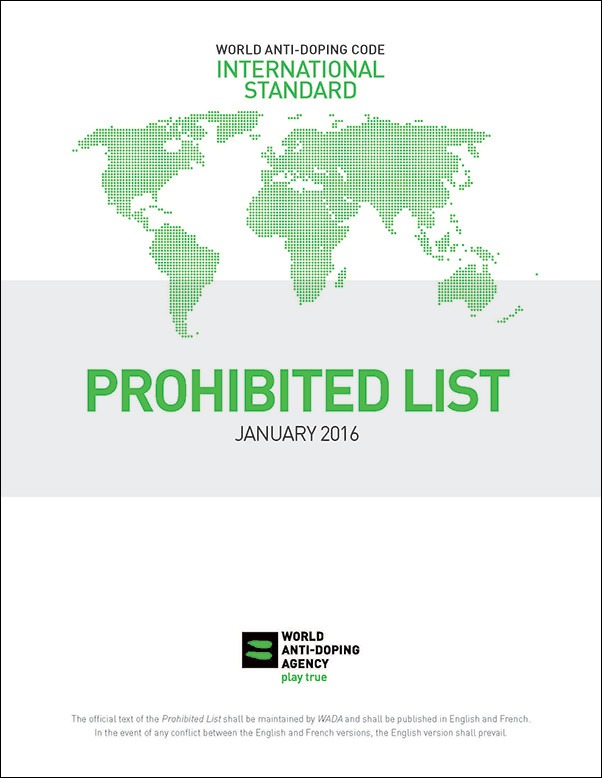 What is Mildronate and how does it work?
What is Mildronate and how does it work?
Meldonium (Mildronate) is an anti-ischemic drug that was added to the World Anti-Doping Agency’s (WADA) Prohibited Listeffective January 1, 2016. Not available in the United States as an FDA-approved drug, meldonium was originally developed in the late 1970’s as a growth-promoting agent for animals by the Latvian Institute of Organic Synthesis. Meldonium is classified on the WADA Prohibited List as a Metabolic Modulator under Section Four, and is a non-specified substance. For athletes with a legitimate therapeutic need for a prohibited substance, a WADA Code-compliant Therapeutic Use Exemption process is available through National Anti-Doping Organizations or International Sport Federations.
Meldonium is reportedly capable of providing clinical benefit for those suffering from heart conditions, such as low blood flow to the heart and angina, as well as neurodegenerative disorders and bronchopulmonary diseases. It appears that the medical utility of meldonium stems mostly from its ability to modulate cellular energy metabolism. This may be due to the drug lowering the consumption of fatty acids, while increasing utilization of carbohydrates for the production of energy. In short, meldonium is advertised as an energy-efficiency catalyst. Mildronate is available in oral capsules or solution for injection.
In recent years, meldonium has been described as having performance-enhancing benefits in sport, including an increase in endurance, improved rehabilitation following exercise, and enhanced activations of the central nervous system. Meldonium has also been claimed to provide cognitive advantages.
Use the reference list below to check your medication labels.
PROHIBITED SUBSTANCE NAME:
Meldonium
GENERIC NAME:
Mildronate
ALTERNATE NAMES:
[3-(2,2,2-trimethylhydrazinium)propionate]
MET-88
THP
quaterine
BRAND NAMES (Distributor, Country):
Meldonium (UP Minskintercaps, Georgia)
Meldonium Olainfarm (Olainfarm, Latvia)
Meldonium-MIK (UP Minskintercaps, Georgia)
Mildronat (Grindeks, Georgia; Sanitas, Georgia)
Mildronat Grindeks (Grindeks, Latvia)
Mildronats (Grindeks, Georgia)
Mildroxyn (Aversi, Georgia)
Vazomag (Olainfarm, Russian Federation)
Midromax (BioPolus, Georgia)
Mildronate (Grindeks, Lithuania)
Cardionate (STADA, Russian Federation)
Milkor (GMP, Georgia)
 Inclusion on the WADA Prohibited List
Inclusion on the WADA Prohibited List
Because of the potential that the drug might be used to illicitly seek these benefits in sport, meldonium was placed on the WADA Monitoring Program in 2015, before it was deemed to have met at least two of the three inclusion criteria, as outlined by WADA, for placement on the Prohibited List. A driving force behind meldonium’s inclusion in the 2015 WADA Monitoring Program and eventually the Prohibited List was a published study funded by the Partnership for Clean Competition – a non-profit collaboration founded in 2008 by the U.S. Olympic Committee, the National Football League, Major League Baseball, and the U.S. Anti-Doping Agency – in which a total of 8,320 random doping control urine samples were collected both in and out-of-competition from different sporting disciplines and were analyzed for meldonium. Of the 8,320 samples collected, 182 (2.2%) of those samples were found to contain meldonium. In addition to the number of positive samples, it was also found that meldonium was most commonly used in-competition within sports which required strength and endurance. However, it should be noted that meldonium use was not limited to a particular sport or subset of sports and its performance-enhancing benefits can be applied to a wide-range of athletic activities.
The World Anti-Doping Agency developed an effective anti-doping test for meldonium and use of the drug is now easily detectable in athletic drug testing. Since the start of 2016, more than one hundred samples collected worldwide have been reported as positive for the drug, confirming the unfortunate prevalence of the drug in sport.
Prohibited List Education for Athletes
Education is one of the core components of USADA’s anti-doping program, and we work to provide athletes with the resources they need to compete clean. USADA also works diligently to make sure that all athletes are aware of any and all changes that are made to the Prohibited List on an annual basis. Athlete education on the annual changes to the WADA Prohibited List begins in the three months preceding the effective date of those changes.
GlobalDRO.com is a multi-lingual medication database that provides information about the prohibited status of specific drugs/substances based on the current World Anti-Doping Agency (WADA) Prohibited List. The easy-to-use website is a partnership between USADA, the Canadian Centre for Ethics in Sports (CCES), and UK Anti-Doping (UKAD). The Japan Anti-Doping Agency (JADA) is also an official Global DRO licensee. Thus, visitors can search for specific information on products sold in the United States, Canada, United Kingdom, and Japan.
 Be the Voice for the Right Choice
Be the Voice for the Right Choice
Should you become aware of the illicit use of meldonium (mildronate) or any other banned substance, you may report this information to the USADA Play Clean Line, by sending an email to playclean@usada.org or by phone at +1-877-Play Clean (+1-877-752-9253). Although all information provided to USADA through these channels will be treated confidentially, you can also report information anonymously to USADA through the USADA Play Clean Line website.
 Inclusion on the WADA Prohibited List
Inclusion on the WADA Prohibited List
Комментариев нет:
Отправить комментарий